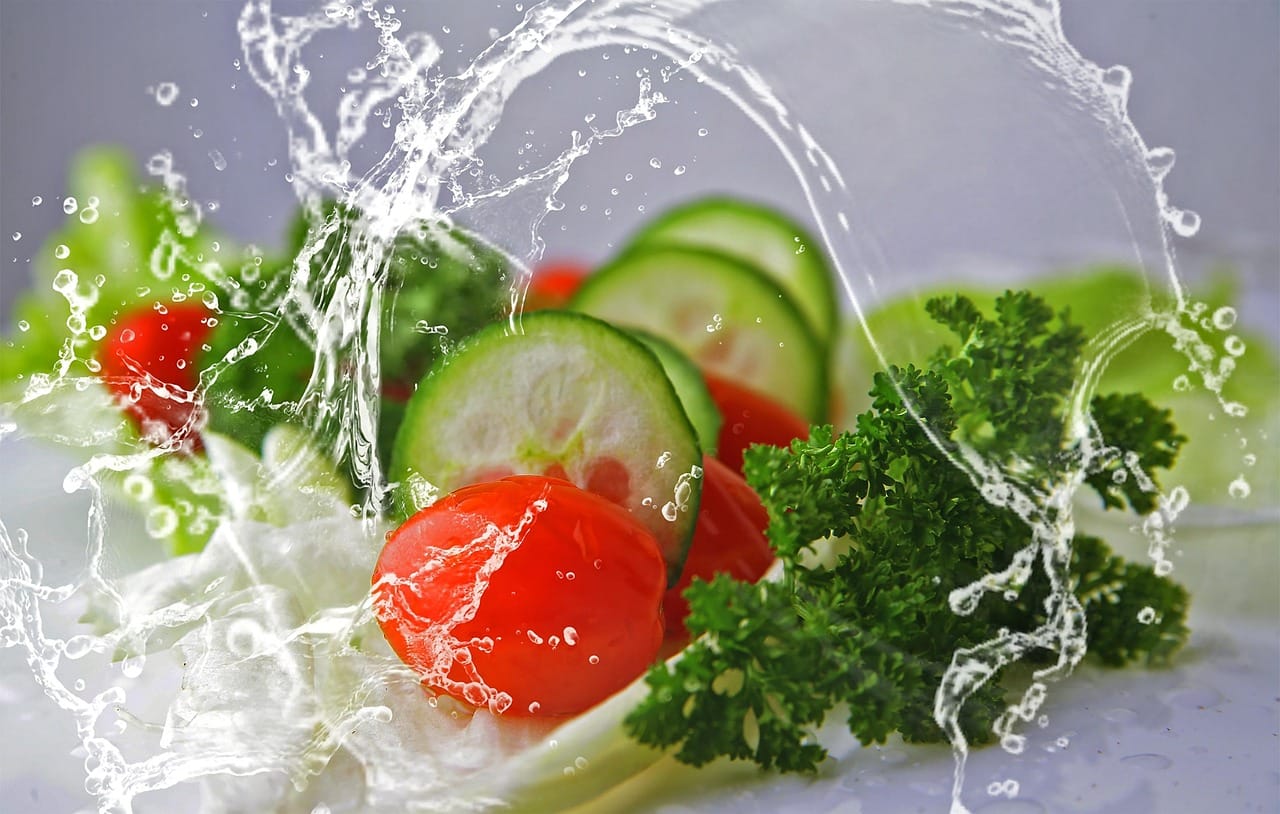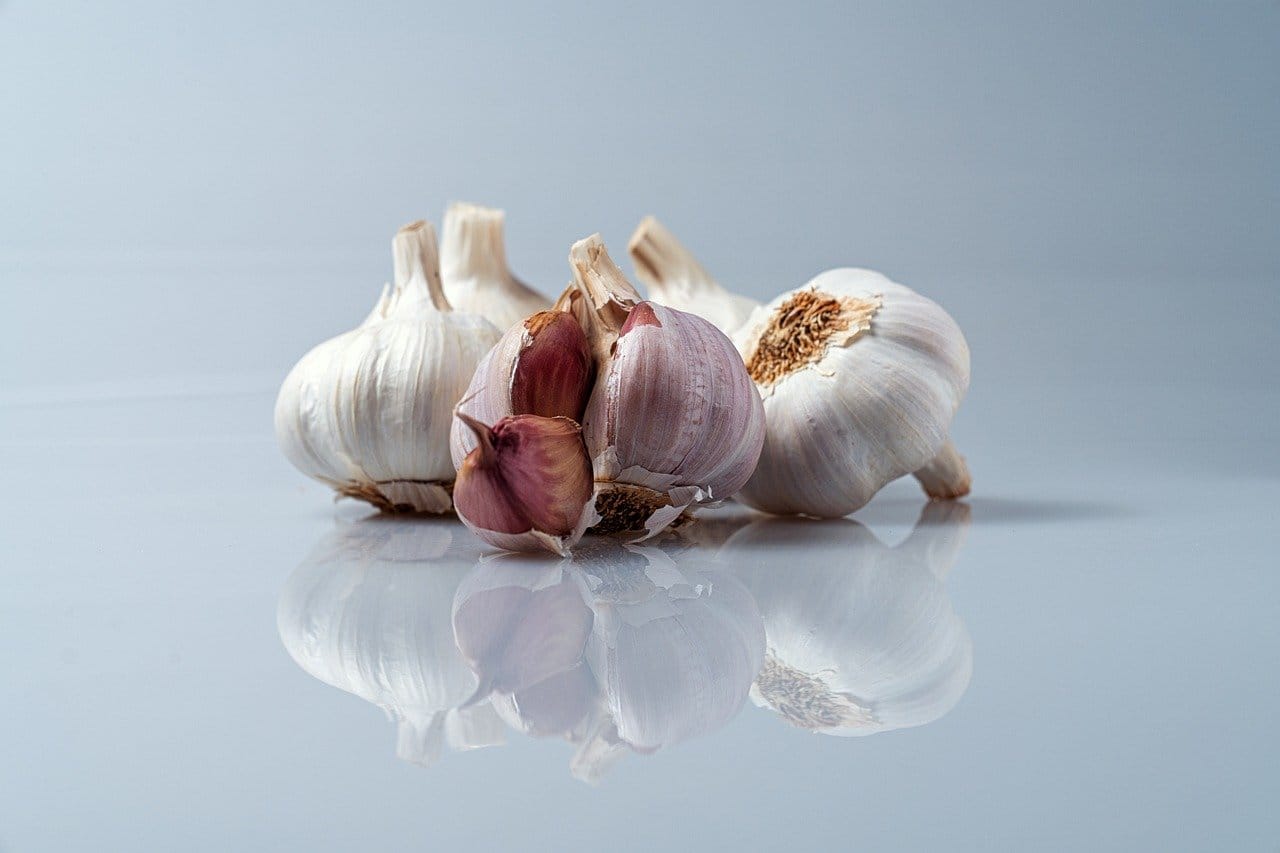Imagine a vibrant, colorful dish bursting with fresh flavors, satisfying textures, and incredible health benefits. That’s the essence of a Mediterranean Bowl. This culinary creation isn’t just a meal; it’s a passport to the sunny shores and wholesome cuisine of the Mediterranean. Packed with lean protein, healthy fats, and an abundance of vegetables, the Mediterranean Bowl is a delicious and nutritious way to nourish your body and delight your taste buds.
What is a Mediterranean Bowl?
Defining the Mediterranean Bowl
A Mediterranean Bowl is a customizable dish inspired by the traditional Mediterranean diet. It typically includes a base of grains or greens, topped with lean protein, healthy fats, and a generous serving of fresh vegetables, herbs, and flavorful sauces. The beauty of this bowl lies in its versatility – you can tailor it to your preferences and dietary needs.
Key Components of a Mediterranean Bowl
At its core, a Mediterranean Bowl features several essential elements that contribute to its nutritional value and delicious taste:
- Base: Whole grains like quinoa, brown rice, farro, or couscous, or a bed of leafy greens such as spinach, kale, or mixed greens.
- Protein: Lean sources like grilled chicken, fish (salmon, tuna, or cod), chickpeas, lentils, or falafel.
- Healthy Fats: Avocado, olive oil, nuts (almonds, walnuts, or pistachios), seeds (sunflower, pumpkin, or sesame), and olives.
- Vegetables: A colorful array of fresh vegetables, including cucumbers, tomatoes, bell peppers, onions, roasted vegetables (eggplant, zucchini), and leafy greens.
- Herbs & Spices: Fresh herbs like parsley, mint, cilantro, and dill, along with spices like oregano, cumin, paprika, and turmeric, add depth of flavor and antioxidant power.
- Sauce/Dressing: A light and flavorful dressing or sauce made with olive oil, lemon juice, herbs, and spices. Tahini-based dressings are also a popular choice.
Benefits of Eating Mediterranean Bowls
Incorporating Mediterranean Bowls into your diet offers numerous health advantages, aligning with the principles of the widely acclaimed Mediterranean diet:
- Heart Health: Rich in monounsaturated fats from olive oil and omega-3 fatty acids from fish, Mediterranean Bowls can help lower cholesterol levels and reduce the risk of heart disease.
- Weight Management: High in fiber and protein, these bowls promote satiety and can aid in weight loss or maintenance.
- Improved Digestion: The abundance of vegetables and whole grains provides ample fiber, promoting healthy digestion and preventing constipation.
- Reduced Inflammation: The anti-inflammatory properties of olive oil, turmeric, and other spices can help reduce inflammation throughout the body.
- Enhanced Brain Health: The combination of healthy fats, antioxidants, and nutrients supports brain function and may help protect against cognitive decline.
Building Your Perfect Mediterranean Bowl
Choosing Your Base
The base of your Mediterranean Bowl sets the stage for the rest of the ingredients. Consider these options:
- Quinoa: A complete protein source with a nutty flavor.
- Brown Rice: A whole grain rich in fiber and nutrients.
- Farro: An ancient grain with a chewy texture and nutty taste.
- Couscous: A type of pasta made from semolina, offering a lighter option.
- Mixed Greens: A low-carb, nutrient-rich alternative.
Example: For a more substantial bowl, use ½ cup cooked quinoa or brown rice. For a lighter option, opt for 2 cups of mixed greens.
Selecting Your Protein
Protein is crucial for satiety and muscle building. Here are some excellent choices:
- Grilled Chicken: A lean and versatile protein source.
- Salmon: Rich in omega-3 fatty acids and flavor.
- Chickpeas: A plant-based protein powerhouse.
- Lentils: An excellent source of fiber and protein.
- Falafel: Deep-fried chickpea patties, offering a satisfying vegetarian option.
Example: Aim for 4-6 ounces of grilled chicken or salmon, or ½ cup of chickpeas or lentils.
Adding Healthy Fats
Don’t shy away from healthy fats – they’re essential for hormone production, nutrient absorption, and overall health:
- Avocado: A creamy and delicious source of monounsaturated fats.
- Olive Oil: The cornerstone of the Mediterranean diet, use it for dressings and drizzling.
- Nuts & Seeds: Add a sprinkle of almonds, walnuts, pistachios, sunflower seeds, or pumpkin seeds for crunch and nutrients.
- Olives: Kalamata olives or other varieties add a salty and flavorful touch.
Example: Add ¼ avocado, 1 tablespoon of olive oil-based dressing, or 1-2 tablespoons of nuts or seeds.
Loading Up on Vegetables
Vegetables are the heart of a healthy Mediterranean Bowl. Get creative and add a variety of colors and textures:
- Cucumbers: Cooling and refreshing.
- Tomatoes: Bursting with flavor and antioxidants.
- Bell Peppers: Sweet and colorful.
- Onions: Adds a pungent and savory note.
- Roasted Vegetables: Eggplant, zucchini, and bell peppers offer a delicious and tender option.
- Leafy Greens: Spinach, kale, or mixed greens for added nutrients and fiber.
Example: Aim for at least 1-2 cups of chopped vegetables.
Flavoring with Herbs and Spices
Herbs and spices are the secret to a truly authentic and flavorful Mediterranean Bowl:
- Parsley: A versatile herb with a fresh, clean taste.
- Mint: Adds a refreshing and slightly sweet flavor.
- Cilantro: A bright and citrusy herb.
- Dill: A delicate and slightly tangy herb.
- Oregano: A classic Mediterranean spice with a warm and earthy flavor.
- Cumin: Adds a warm and earthy flavor.
- Paprika: Adds a smoky and sweet flavor.
- Turmeric: A powerful anti-inflammatory spice.
Example: Use a generous handful of fresh herbs and a pinch of your favorite spices.
Dressing It Up
A light and flavorful dressing or sauce ties all the elements together:
- Olive Oil & Lemon Juice: A simple and classic dressing.
- Tahini Dressing: Made with tahini, lemon juice, garlic, and water.
- Greek Yogurt Dressing: Made with Greek yogurt, lemon juice, herbs, and garlic.
Example: Drizzle 1-2 tablespoons of your chosen dressing over the bowl.
Mediterranean Bowl Variations and Recipes
Classic Greek Bowl
Combine quinoa or brown rice with grilled chicken or chickpeas, cucumbers, tomatoes, red onion, Kalamata olives, feta cheese, and a Greek yogurt dressing.
Mediterranean Salmon Bowl
Start with mixed greens or couscous, then top with grilled salmon, roasted vegetables (eggplant, zucchini, bell peppers), artichoke hearts, sun-dried tomatoes, and an olive oil and lemon juice dressing.
Vegetarian Mediterranean Bowl
Base your bowl with farro or brown rice, then add falafel or lentils, hummus, cucumber, tomato, red onion, and a tahini dressing.
Quick & Easy Mediterranean Bowl
Use pre-cooked quinoa or brown rice, canned chickpeas, pre-cut vegetables, and a store-bought Mediterranean dressing for a fast and healthy meal.
Mediterranean Bowl with Shrimp
Combine your grain of choice with grilled or pan-fried shrimp. Add roasted red peppers, feta cheese, red onion, and a drizzle of olive oil.
Tips and Tricks for the Perfect Mediterranean Bowl
Prep Ahead
Prepare ingredients like grains, proteins, and roasted vegetables in advance to save time during the week.
Customize to Your Preferences
Don’t be afraid to experiment with different ingredients and flavor combinations to create your perfect bowl.
Use Fresh, High-Quality Ingredients
The fresher the ingredients, the more flavorful and nutritious your bowl will be.
Season Generously
Don’t be shy with herbs, spices, and lemon juice – they add depth of flavor and brighten up the dish.
Control Portions
Pay attention to portion sizes, especially when it comes to grains, proteins, and healthy fats.
Conclusion
The Mediterranean Bowl is more than just a trend; it’s a delicious and healthful way to embrace the principles of the Mediterranean diet. With its endless possibilities for customization and its numerous health benefits, the Mediterranean Bowl is a fantastic addition to any healthy eating plan. So, get creative, experiment with flavors, and enjoy the vibrant and nourishing experience of building your own perfect Mediterranean Bowl.




